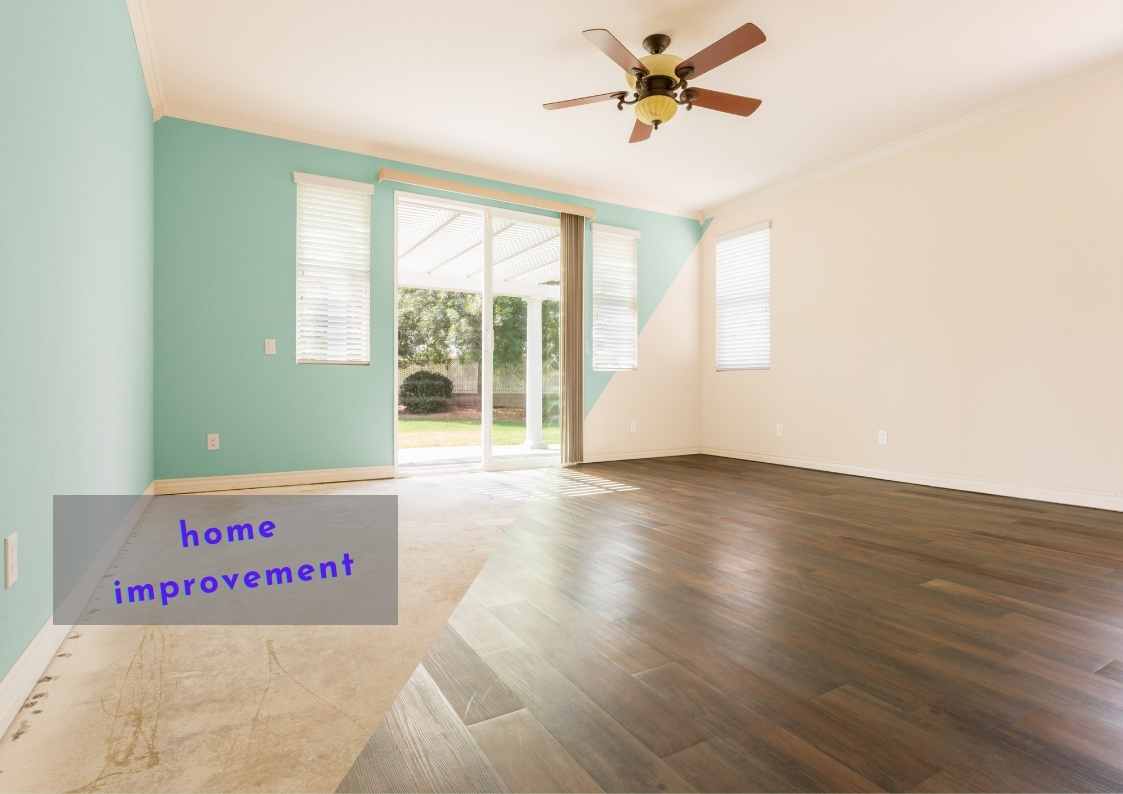
When DIY Goes Wrong: How to Survive A DIY Disaster
Everyone who has ever picked up a hammer will have had dreams of transforming their drab old home into a place of wonder, a utopian construct formed by your very own capable hands. Ah, DIY. Why would you ever want to call in a professional?
That’s not a hypothetical question, and it has a very simple answer – because a DIY project can go very, very wrong, very, very quickly.
It’s probably fair to say that 95% of the people who have undertaken more than one DIY project, or remaking your home will have encountered some kind of issue, whether minor (like a cosmetic crack in the wall) or major (like drilling straight through a water pipe).
What defines a good DIY’er is not the fact that they’ve made this mistake, but how they react to it. Do they crumble in the face of adversity or do they rise up the challenge and snatch victory from the jaws of defeat?
Here are a few things to do when something goes horribly wrong with your DIY project:
Table of Contents
Don’t Panic!
First and foremost, don’t panic. Of course, that’s easy to say while I’m sat behind a computer and you’re desperately looking for ways to patch up a broken water pipe that’s threatening to turn your bathroom into the Hoover Dam but really, don’t panic. Calm down. Think happy thoughts.
Panicking is the worst thing you can do when something goes wrong because panic leads to rationality going out of the window. The only thing anyone is capable of in a panicked state is making things worse in a desperate attempt to make things better. So step back, have a cup of tea (or your comforting beverage of choice) and try to come up with a plan…
…but don’t ignore the problem either.
On the other side of the coin, ignoring a problem can make it even worse than if you’d have panicked and desperately swung a hammer at whatever has gone wrong. Not only does ignoring a problem make it worse, but it’ll also add weeks, months or maybe even years to your project.
In short, step back, relax and think of a plan…but don’t leave it too long.

When DIY Goes Wrong: How to Survive A DIY Disaster
Break down the problem
Before embarking on the project, you probably broke it down into manageable chunks and set out some kind of plan to tackle the project in a decent space of time. If not, well…it might be why the projects turned out to be a disaster.
Still, it’s never too late to pick up good habits so think about the problem and try and break it down. What exactly is the issue, and what do you need to do to fix it? How long will it take to fix it? Do you need to spend any more money?
Breaking down a problem and forming a plan can make what seems like an insurmountable obstacle suddenly seem much more manageable and transform a disaster into a mild distraction.
Think about your budget
Accidents are costly and will undoubtedly take a significant chunk of your allotted budget to fix. In an ideal world, you’ll have accounted for any potential unfortunate incidents while budgeting but we don’t live in an ideal world and the chances are you haven’t. Never mind…
When coming up with a solution to your DIY disaster, keep your budget at the forefront of your thinking. While fixing the mistake has to be your first priority, you shouldn’t bankrupt yourself in the process. Try and find an acceptable route to fixing the problem that suits your finances.
Call in help
Calling in professional help is like kryptonite to a proud DIY’er, denting their pride and seemingly acting as an admission that they can’t finish the job. And you know what? It is. But there’s no shame in admitting that you can’t do everything yourself. In fact, it takes a lot of guts to admit you were wrong and to call in an expert to fix your mistakes.
The cost of calling in a professional will vary, so shop around for quotes first. Depending on the nature of your mistake, you may need to call in emergency help although it should be noted that this usually comes at a higher price so if you can hang on, do.
See, not so bad is it? Keep a cool head and follow these tips and you should sail through any DIY disasters!
Christopher Smith is writing on behalf of Excel Compressors, specialist suppliers of used air compressors for DIY purposes.

When DIY Goes Wrong: How to Survive A DIY Disaster

Leave a Reply